[vc_row][vc_column][vc_column_text]Pep talk time. In the past two days, I have had two separate interactions with people in my life that reminded me of something many of us will face at some point or another. I call it the “Justa Syndrome.” Our kids will probably face it, too. And if we don’t know how to deal with it, it’s going to be hard to help them work through it.
“So…what is it, Dr. Boyle?” I hear you asking through the fiber-optics and wireless signals of the internet.
I’ll tell you…[/vc_column_text][/vc_column][/vc_row][vc_row][vc_column][vc_column_text]
I’m Just a Music Teacher
Interaction #1 is what reminded me of the Justa Syndrome. It sneaks up on you in quiet moments, often when you are doing busy work. Or perhaps you’re riding an elevator, surrounded by other humans, but remaining in relative silence. It’s that sudden (or maybe even constant) thought that what you do (or even who you are) is somehow not enough. This happens often in our field – when asked, a music teacher might say “I’m just a music teacher,” especially if they might not be performing as part of their career.
A friend and colleague emailed me about one of our alums who is out doing her thing. She had just gotten a new post as an organist and had let several of us know. My friend is one of the biggest cheerleaders our students have. He reminded me that he gets “annoyed at those who would say, ‘I’m JUST an elementary/junior high/private music teacher.'”
JUST? He answers that question with, “What do you mean, you’re JUST…Do you realize the impact you have on those students? You may be giving them the only lasting relationship that they have with music!”
He’s right, of course. But it goes beyond our field. Everyone can take pride in the work they do. We all contribute to the whole.
And if you are reading this blog, I assume you probably have a child, maybe more than one. Maybe you are a grandparent or an aunt. Maybe you are a caregiver. When the Justa Syndrome sneaks up on you, remember this friends…you are EVERYTHING to that child. When you love a child unconditionally, when you tuck them in at night with a kiss, when you wake them up in the morning with a smile, when you hug them when they are hurting and laugh with them when they are silly, you are their sun and moon. They trust you in all things. You are never “just” an anything. You are their light in the dark.[/vc_column_text][/vc_column][/vc_row][vc_row][vc_column][vc_column_text]
Just a Kid
Guess who is even more susceptible to the Justa Syndrome? KIDS! How often have you heard, “I can’t do that. I’m just a kid.” Now…what doesn’t help this is that there certainly are things that kids can’t and shouldn’t do. I don’t want my five-year-old nephew flying my plane…but we could PRETEND to fly or make some paper airplanes! I don’t want my neighbor’s three-year-old daughter operating a jack hammer…but we could get some blocks and build something, then knock it down with glee! We can be portals of possibility for our kids. We can show them the world and all its wonder. We can remind them that they are wondrously made, with a built-in compass that points to the possible. We just have to guide them to age-appropriate possibilities.[/vc_column_text][/vc_column][/vc_row][vc_row][vc_column][blockquote cite=”Dr. Boyle”]”We can be portals of possibility for our kids.”[/blockquote][/vc_column][/vc_row][vc_row][vc_column][vc_column_text]
The Enemy of “Justa” is “Trust”
When I work with private voice students and I notice that they are carrying unnecessary tension in the body or the voice, I have them move. I tell them, “The enemy of tension is movement!” As they move about the studio, the tension dissipates and the voice becomes free and easy.
When a child looks inward and says “I’m just a kid. I can’t do that”, to be that portal of possibility, to point the way to something they can do, there must be a beautiful sense of trust between you and that child. That flows from the unconditional love we all have for the kids in our lives. If the child knows you love them, they will trust you. And when you say, “well, it might be hard to do that now, but I bet we could try this!”…they will be more likely to believe you and believe in their own possibilities.[/vc_column_text][/vc_column][/vc_row][vc_row][vc_column][vc_column_text]
Just Not Ready
Interaction #2 was with one of my private voice students here at my university. She’s a senior and one of the hardest working people I know. She’s organized, respected by her peers and the faculty, and is a joy to teach. This past lesson, I started the way I always do – I asked how she was doing. She started with “It’s okay. I mean, everything is happening so quickly…” and she broke down in tears. This happens more than you’d think, and I keep a stock of tissues for this reason. The relationship between private voice teacher and student is a special one. Our students tend to be more open with us.
I asked her to sit down and handed her the box of tissues. She expressed that she “just didn’t feel ready” for what was coming – the real world.
Normal. I wake up somedays and have that feeling. We are human.
This is a variation of the Justa Syndrome – that feeling of inadequacy.
I needed to remind her of a few things.
“Do you remember coming here as a freshman from high school?
“Yes,” she said.
“And did it feel similar to this, heading into the unknown?”
“Yes!”
Normal.
“Now,” I said, “when you came here, you knew nothing about your chosen field. You were facing several years of new information. It’s completely normal to feel this way right now, but I want to give you some perspective. You are leaving here with four years of accumulated knowledge that you have successfully applied in class, on tests and quizzes, in-field experiences, and now, as an upper-class student who all the other students look up to. Your professors are proud of the work you have done. Your family is proud of you, too. I’ve seen the look in their eyes. We are all in your corner rooting for you. And while it feels overwhelming…I know you are ready. You are more than good enough. You’re you.”
She smiled. “I hadn’t thought about it like that.”
No matter who we are, no matter how old we are or what we do, we will have Justa Syndrome moments. Each of us has opportunities to positively impact others, through our work, through our daily lives, through our relationships. If you made someone smile today, if you held a door open for someone or picked up a piece of trash on the sidewalk, or if you made the life of a child brighter and fuller with love, then you are not “justa” anything. You are you.
And that’s everything.[/vc_column_text][/vc_column][/vc_row]

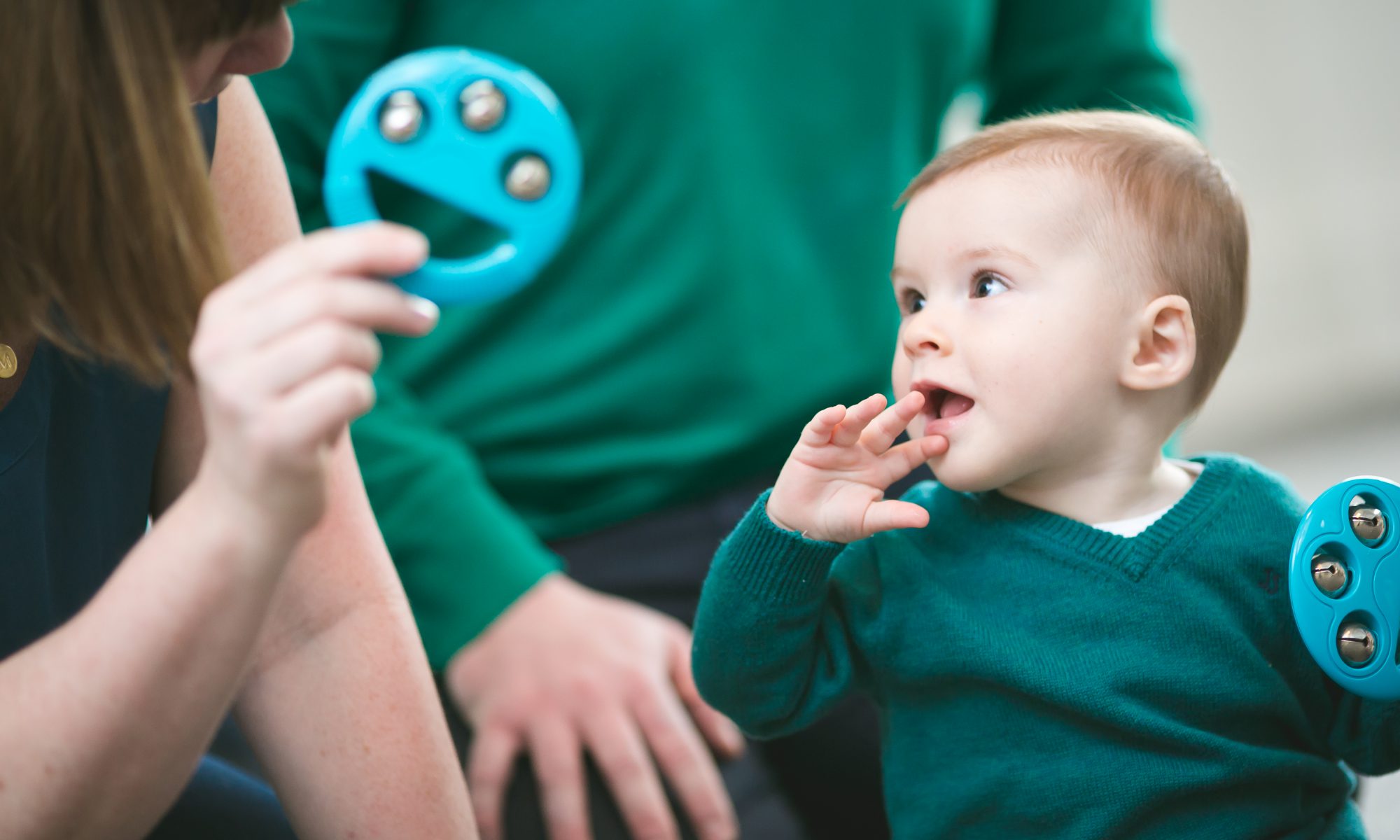
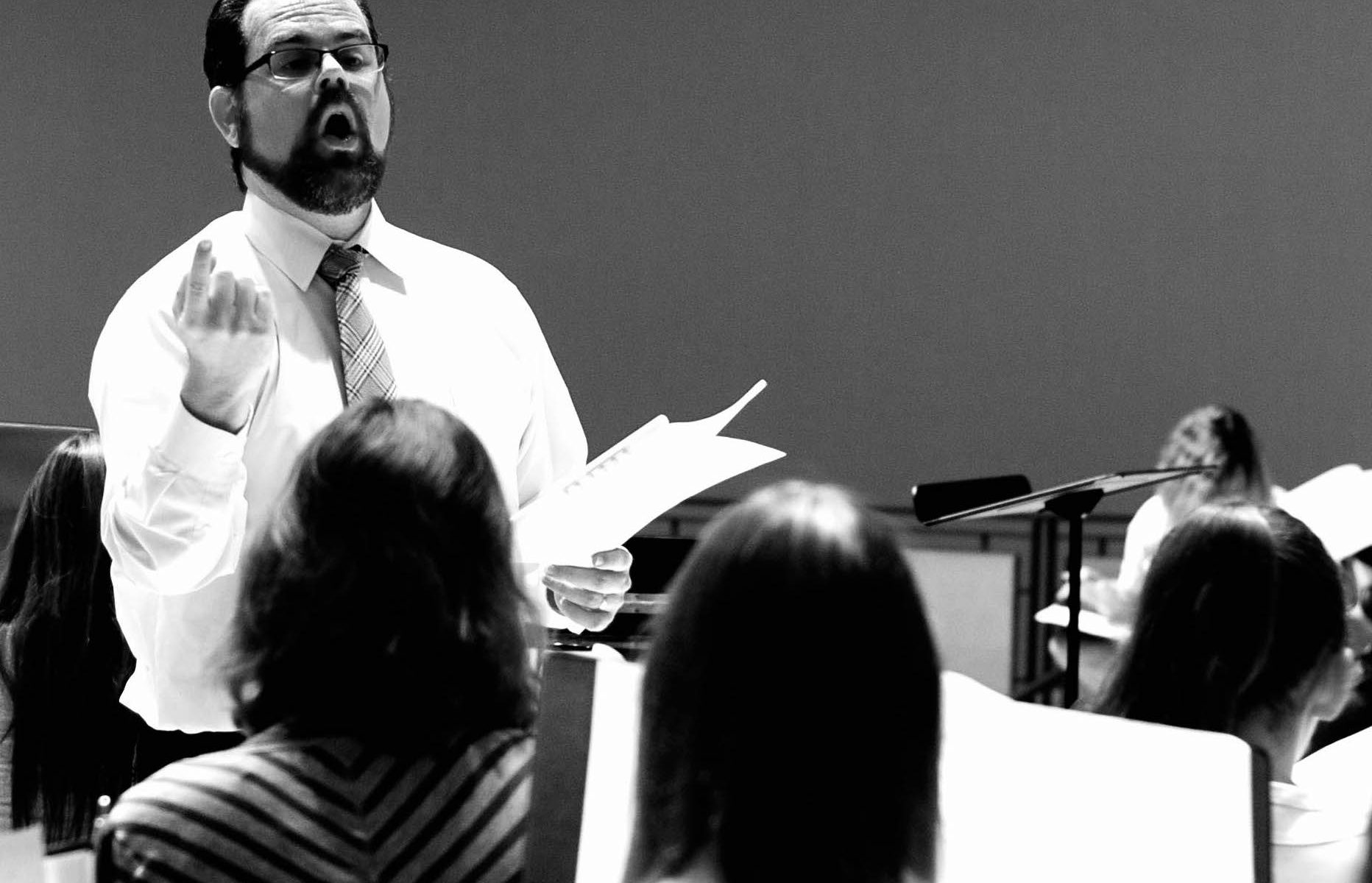

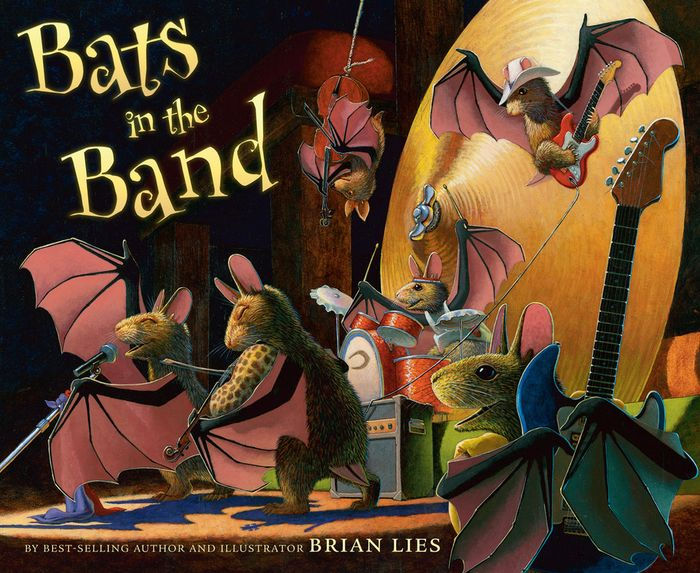


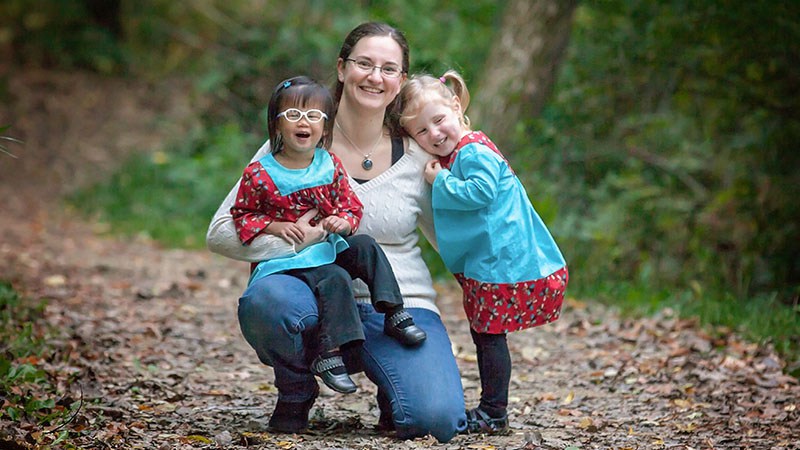
 I am a licensed and registered occupational therapist with extensive experience and expertise in working with children with developmental needs. I have always been drawn to helping children. I starting building my knowledge and skills while an undergraduate student by studying behavioral therapy techniques and working with children on the autism spectrum using ABA therapy. I paired my undergraduate degree in psychology with a master’s of science in occupational therapy from Washington University in St. Louis. The combination of psychology (I love studying the brain and how it works) and occupational therapy (which focuses on functioning in daily life) has given me the basis to best help children and families. My clinical experience ranges from infants through young adults. I’ve worked in school, in-patient, and out-patient settings. I’ve worked with children with most major developmental disabilities, as well as specializing in children with rare disorders or complex medical needs. I provide care that integrates several therapeutic approaches: behavioral, developmental, sensory, cognitive, and neuro-developmental, with a focus on providing evidence-based interventions for families and children. My areas of expertise include executive functioning in children, behavior management, and neuro-developmental treatment (I completed the Pediatric Neurodevelopment Treatment training program in 2012). My wide range of clinical experience allows me to assist children with a variety of needs and children with multiple areas of needs.[/vc_column_text][/vc_column][/vc_row]
I am a licensed and registered occupational therapist with extensive experience and expertise in working with children with developmental needs. I have always been drawn to helping children. I starting building my knowledge and skills while an undergraduate student by studying behavioral therapy techniques and working with children on the autism spectrum using ABA therapy. I paired my undergraduate degree in psychology with a master’s of science in occupational therapy from Washington University in St. Louis. The combination of psychology (I love studying the brain and how it works) and occupational therapy (which focuses on functioning in daily life) has given me the basis to best help children and families. My clinical experience ranges from infants through young adults. I’ve worked in school, in-patient, and out-patient settings. I’ve worked with children with most major developmental disabilities, as well as specializing in children with rare disorders or complex medical needs. I provide care that integrates several therapeutic approaches: behavioral, developmental, sensory, cognitive, and neuro-developmental, with a focus on providing evidence-based interventions for families and children. My areas of expertise include executive functioning in children, behavior management, and neuro-developmental treatment (I completed the Pediatric Neurodevelopment Treatment training program in 2012). My wide range of clinical experience allows me to assist children with a variety of needs and children with multiple areas of needs.[/vc_column_text][/vc_column][/vc_row]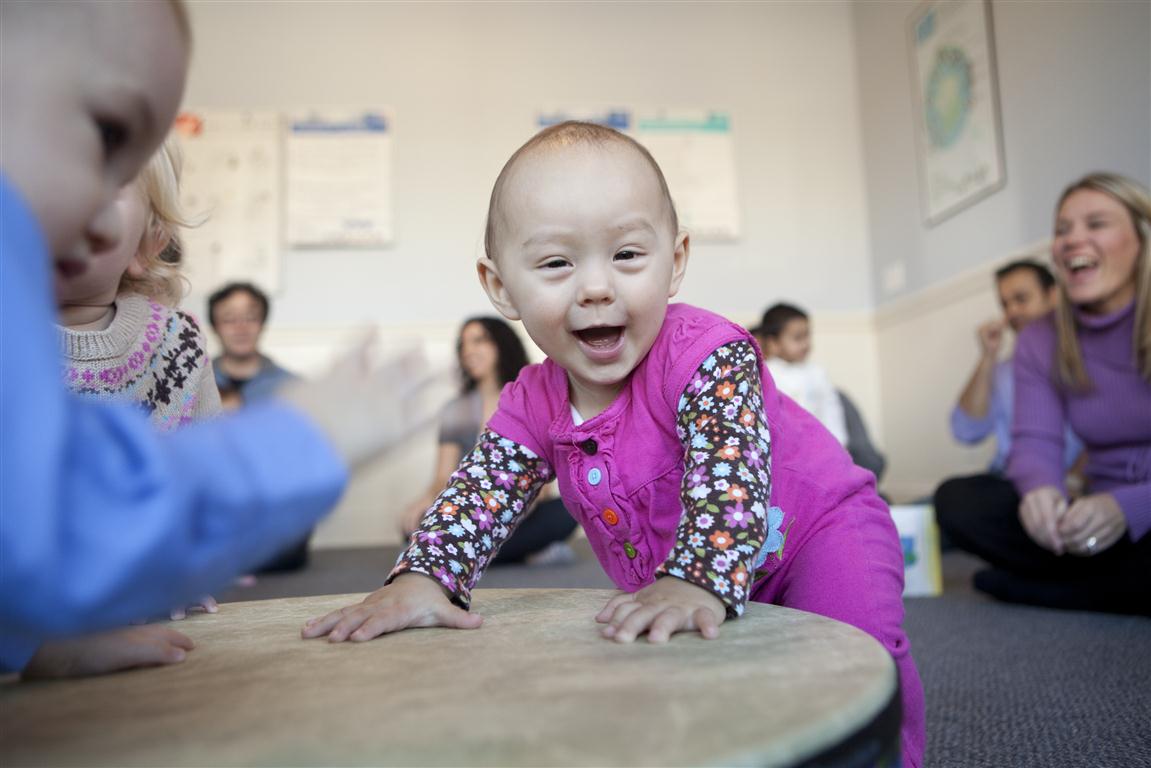

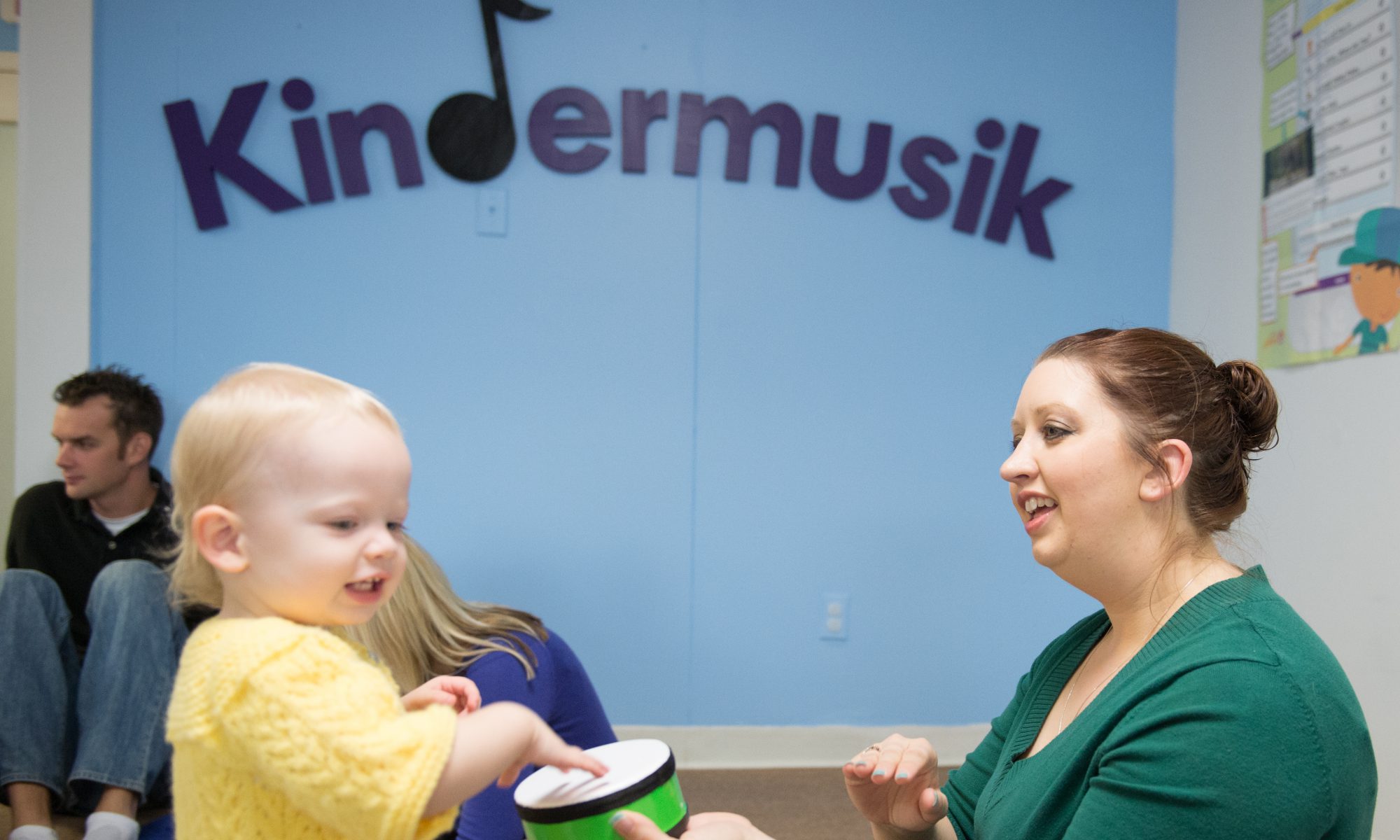


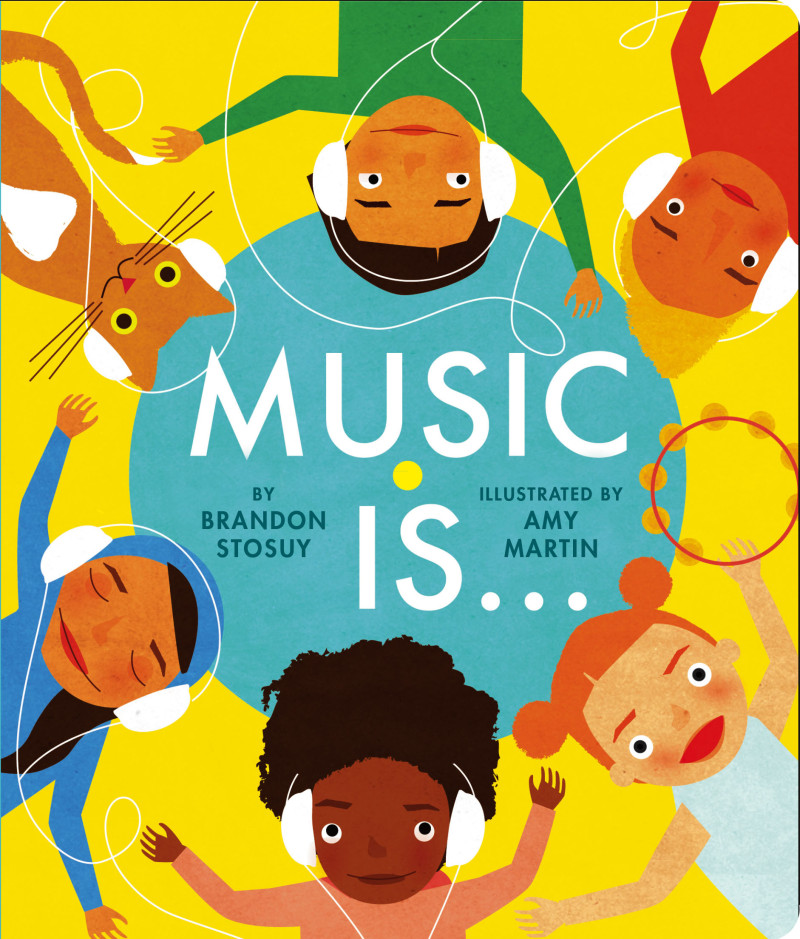
 [/vc_column_text][/vc_column][/vc_row][vc_row][vc_column][vc_column_text]It teaches concepts such as…
[/vc_column_text][/vc_column][/vc_row][vc_row][vc_column][vc_column_text]It teaches concepts such as… [/vc_column_text][/vc_column][/vc_row][vc_row][vc_column][vc_column_text]The simple story line is enhanced by whimsical and interesting illustrations that explain what music is and explore how music makes us feel. It’s the kind of fun, feel-good story book you don’t mind reading over and over again…which is a good thing since it’s sure to become a family favorite![/vc_column_text][/vc_column][/vc_row][vc_row][vc_column][vc_column_text]At the end, the author brings it all together in this profoundly beautiful conclusion:
[/vc_column_text][/vc_column][/vc_row][vc_row][vc_column][vc_column_text]The simple story line is enhanced by whimsical and interesting illustrations that explain what music is and explore how music makes us feel. It’s the kind of fun, feel-good story book you don’t mind reading over and over again…which is a good thing since it’s sure to become a family favorite![/vc_column_text][/vc_column][/vc_row][vc_row][vc_column][vc_column_text]At the end, the author brings it all together in this profoundly beautiful conclusion: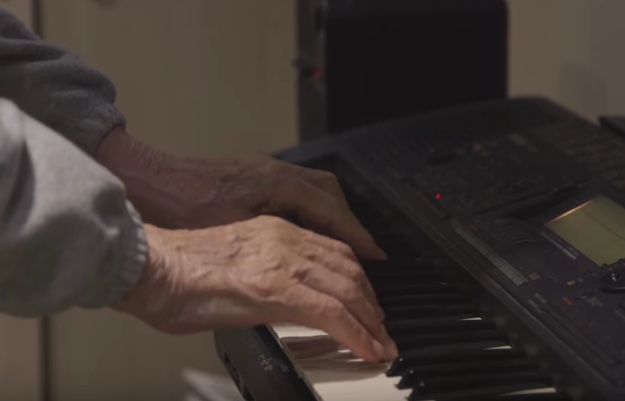

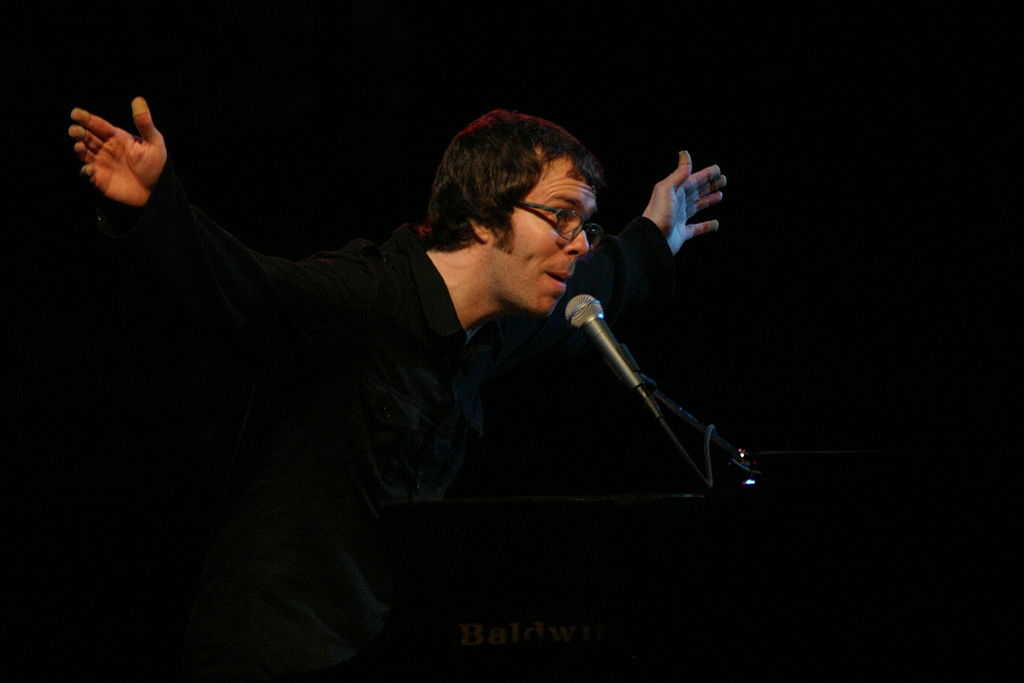

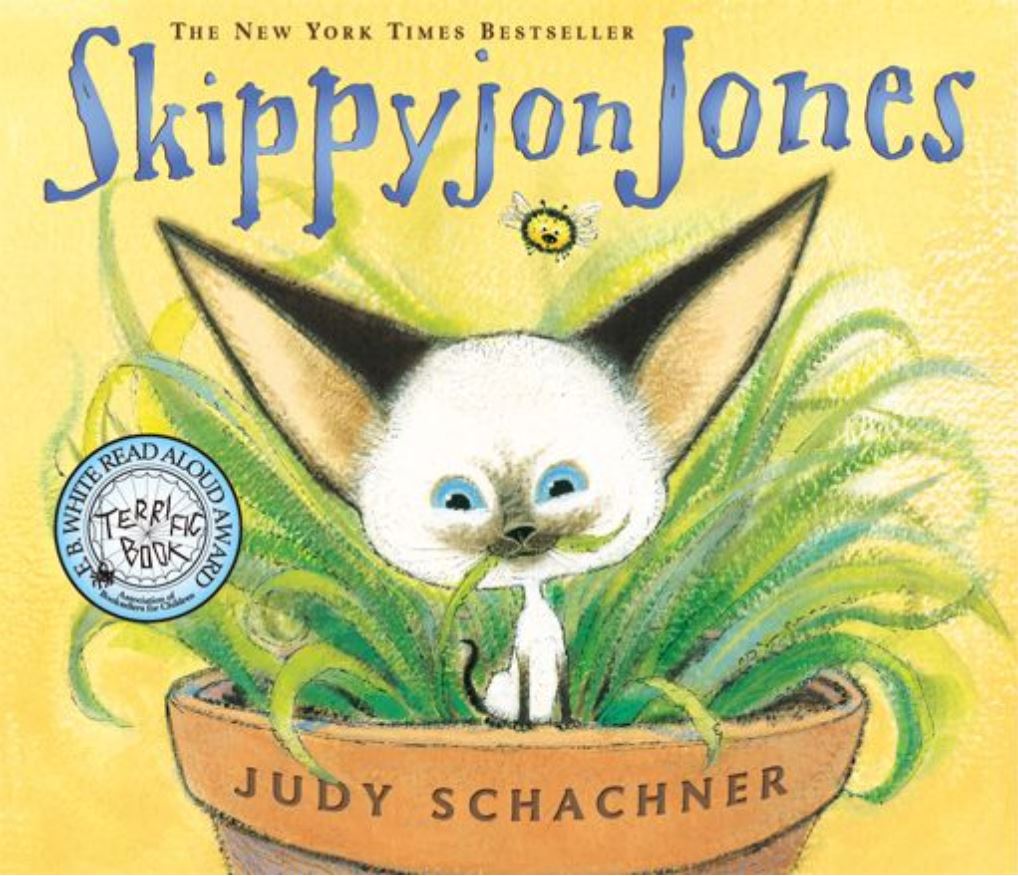
 [/vc_column_text][vc_column_text]The original story in the series, simply entitled Skippyjon Jones, introduces us to this uniquely lovable cat who has exasperated his mother who has to wake up Skippyjon Jones not in his bed, but in a bird nest outside. We immediately know we’re in for a lot of laughs as Mama Junebug Jones fusses at her little darling.
[/vc_column_text][vc_column_text]The original story in the series, simply entitled Skippyjon Jones, introduces us to this uniquely lovable cat who has exasperated his mother who has to wake up Skippyjon Jones not in his bed, but in a bird nest outside. We immediately know we’re in for a lot of laughs as Mama Junebug Jones fusses at her little darling. [/vc_column_text][vc_column_text]From the way the words are laid out on each page to the colorful and whimsical illustrations, this book just makes you feel like becoming Skippyjon Jones as you read. You just can’t resist reading this book with drama, flair, and even adding in a song or two.
[/vc_column_text][vc_column_text]From the way the words are laid out on each page to the colorful and whimsical illustrations, this book just makes you feel like becoming Skippyjon Jones as you read. You just can’t resist reading this book with drama, flair, and even adding in a song or two.